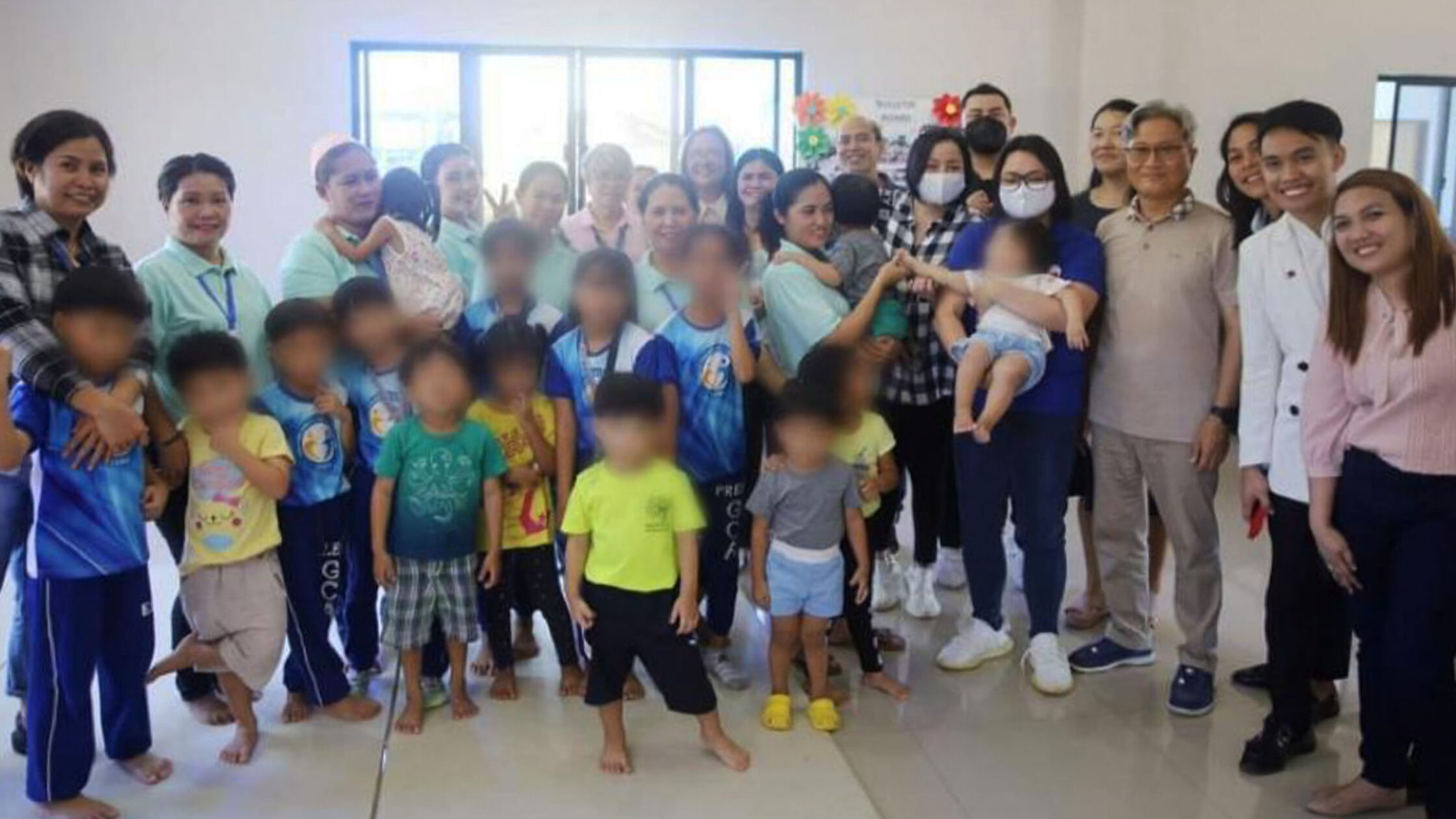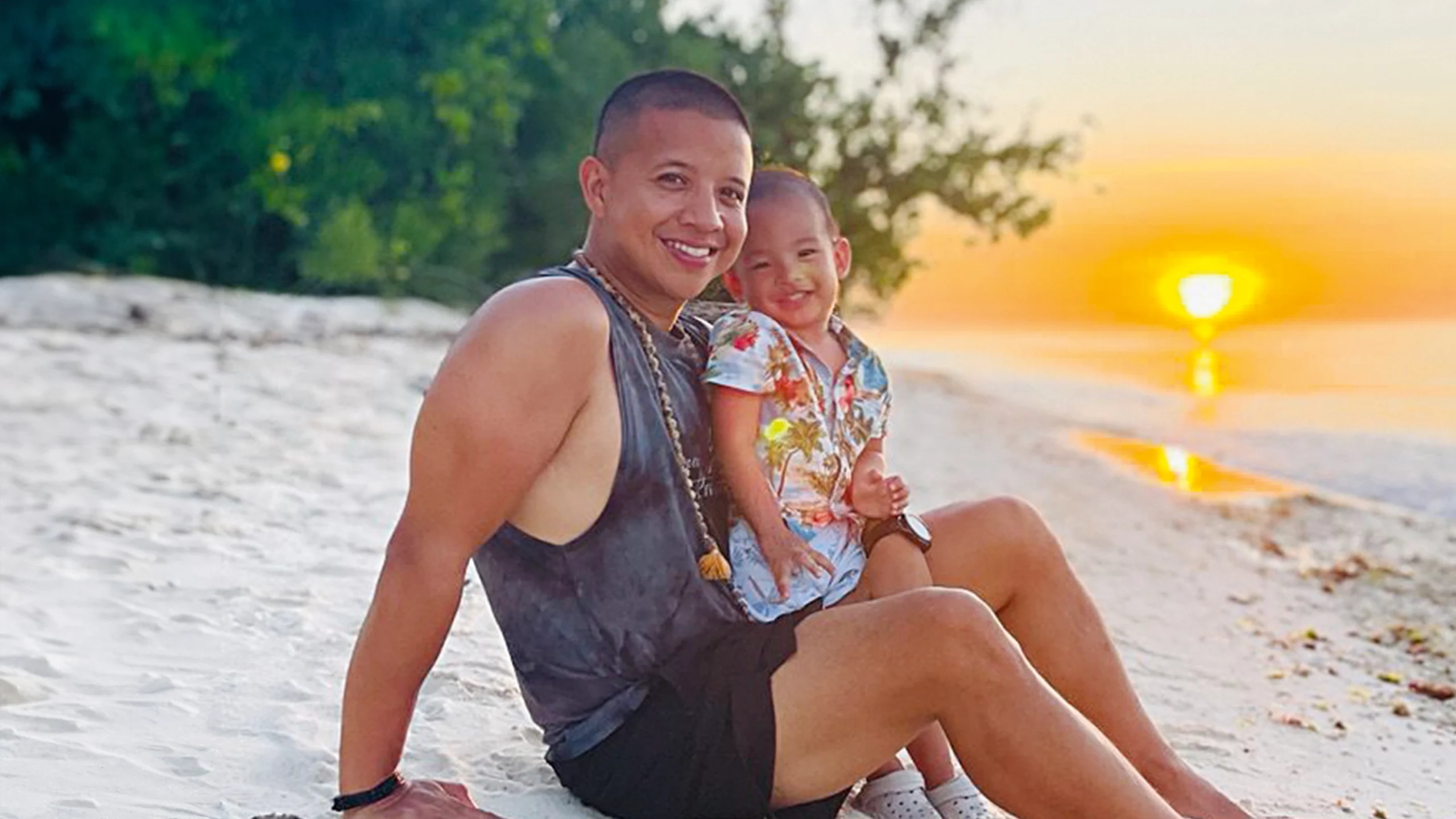The Adoption Process in the Philippines
In an exclusive interview, Modern Parenting sat down with Janella Ejercito Estrada. She is the Undersecretary of the National Authority for Child Care. And she discusses the adoption process in the Philippines.
In a world where the definition of family continues to evolve, adoption stands as an extraordinary and heartwarming path to creating a loving and nurturing home. Just take a look at our Spotlight stars for the month — Zeinab Harake and Claudine Barretto. Both are single, adoptive mothers raising the children they chose. And for those who dream of embracing parenthood, adoption offers an opportunity to extend boundless love and care to a child in need of a forever family. So if you’re a prospective parent looking to embark on the profound adventure that is parenthood, Modern Parenting interviewed Undersecretary Janella Ejercito Estrada of the National Authority for Child Care. She tackles frequently asked questions on the adoption process in the Philippines.

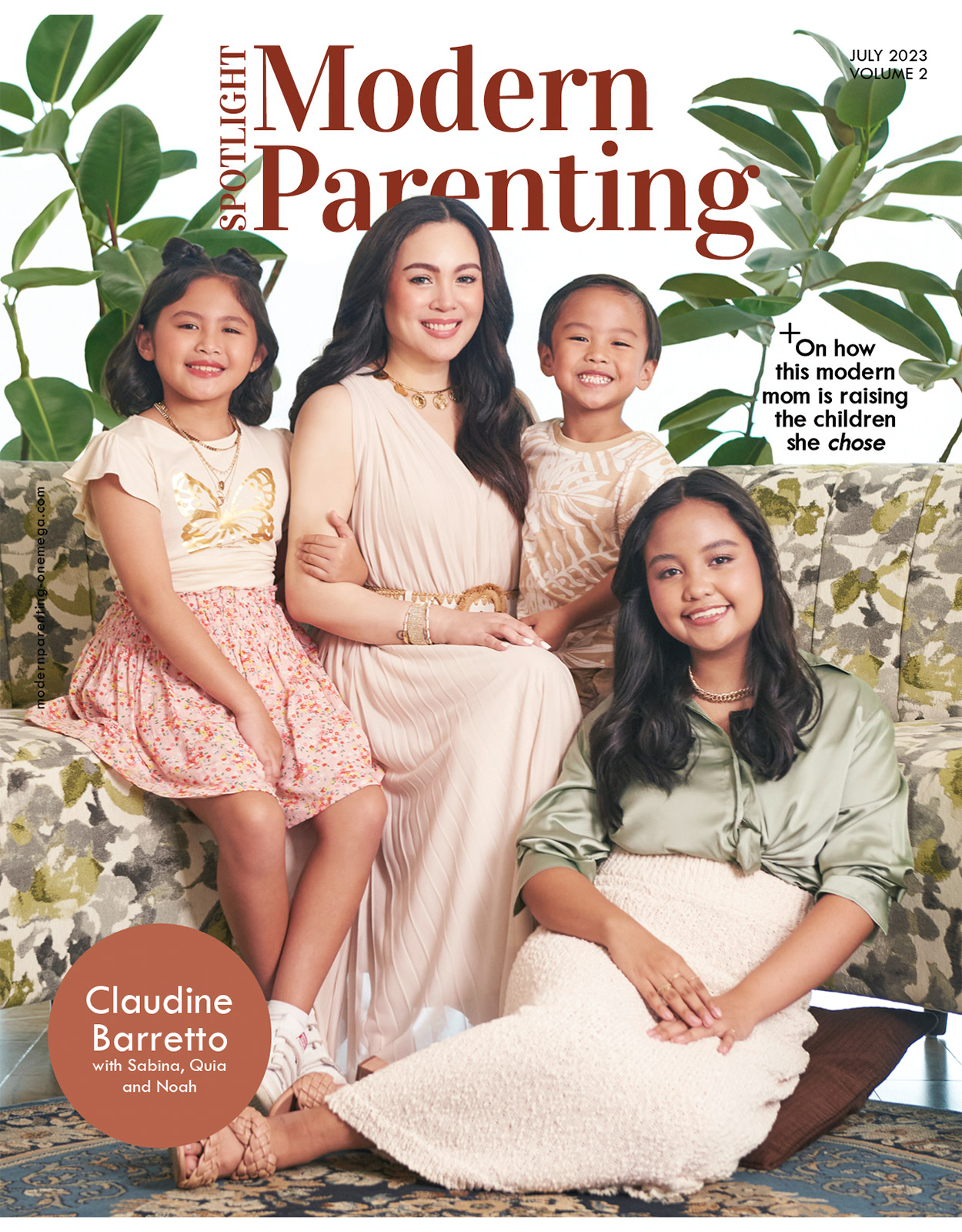
The current state of adoption in the Philippines
According to the Undersecretary, adoption in the Philippines has depicted a tale of two opposites. “For those who are privileged enough and have spare resources to afford a legal procedure, adoption in the Philippines is an expensive and tedious process. For families who try to make ends meet, adoption is a taboo. And it is often set aside despite the adverse legal implications for families who are already living with the adoptive child,” she starts.
These then led to the streamlining of the administrative mechanisms and processes on adoption. In 2022, the enactment of Republic Act No. 11642 or the Domestic Administrative Adoption and Alternative Child Care established the National Authority for Child Care (NACC). This is the country’s central and competent authority on alternative child care. The law defines alternative child care as “the provision of planned substitute parental care to a child who is orphaned, abandoned, neglected, or surrendered, by a child-caring or child-placing agency. This may include foster care, kinship care, family-like care, and residential care (Section 4g).”
Data in 2022
“We recognize the seeming bottleneck for the estimated 60,000 adoption cases pending at the courts to be withdrawn and officially filed before the NACC for administrative adoption,” Undersecretary Janella explains. “A few were already filed during the end of 2022. As of March this year, NACC has issued 14 adoption decrees and certificates of finality for domestic adoption. There were 29 children entrusted for Inter-Country adoption.”
She also mentions that among the 5,053 children under the care of about 245 Child Caring Agencies (CCAs) and Child Placement Agencies (CPAs) as of 2022, 939 kids were declared legally available for adoption. 657 for domestic adoption while 190 were cleared for Inter-Country Adoption.
Additionally, the NACC was able to develop an additional 259 individuals to its roster of Prospective Adoptive Parents (PAPs). For the Foster Care Program, 1,245 children are currently under the care of more or less 1,046 foster parents. The Government subsidizes them ranging from PHP 8,000 to PHP 10,000 per month depending on the children’s needs.
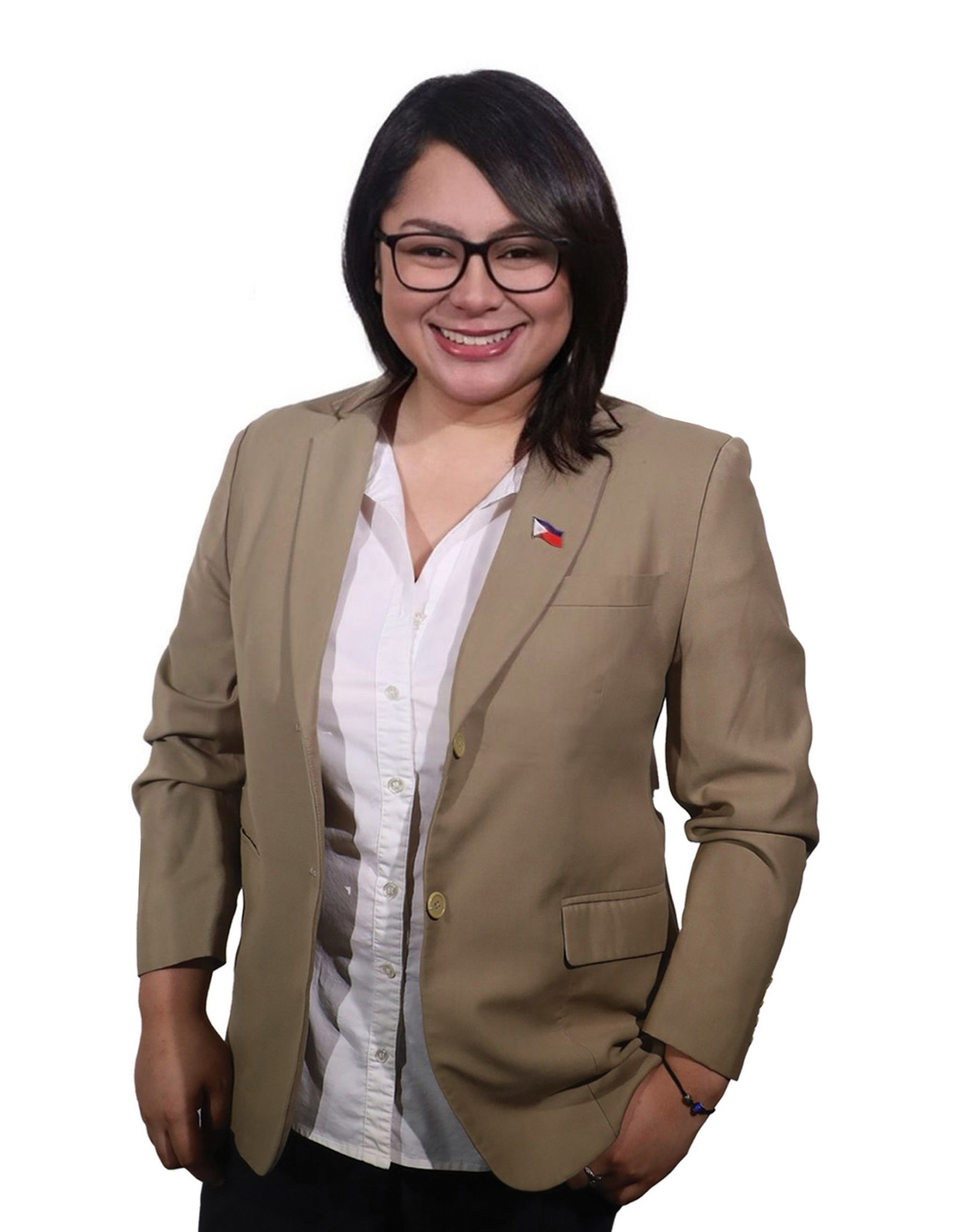
National Authority for Child Care as Undersecretary in August 2022.
Eligibility criteria for prospective adoptive parents
“There are basic qualifications and requirements. To ensure that the PAPs are willing, prepared, and able to provide for the developmental needs of a child,” says Undersecretary Janella.
In a nutshell, Section 21 of R.A. 11642 provides the following criteria:
- Any Filipino citizen at least twenty-five (25) years of age
- In possession of full civil capacity and legal rights
- Has not been convicted of any crime involving moral turpitude
- Is of good moral character and can model the same
- Is emotionally and psychologically capable of caring for children
- At least sixteen (16) years older than the adoptee
- Is in a position to support and care for adopted children in keeping with the means of the family
- The requirement of sixteen (16)-years difference between the age of the adopter and the adoptee may be waived when the adopter is the biological parent of the adoptee or is the spouse of the adoptee’s parent
Additionally:
- The legal guardian with respect to the ward after the termination of the guardianship and clearance of financial accountabilities
- The legal guardians with respect to the foster child
- Philippine government officials and employees deployed or stationed abroad provided that they are able to bring the child with them
- Foreign nationals who are permanent or habitual residents of the Philippines for at least five (5) years possessing the same qualifications as above stated for Filipino nationals prior to filing of the petition provided that they come from a country with diplomatic relations with the Republic of the Philippines and that the laws of the adopter’s country will acknowledge the Certificate of Adoption as valid, acknowledge the child as a legal child of the adopters, and allow entry of the child into such country as an adoptee
Provided, further, that requirements of residency may be waived for the following:
- A former Filipino citizen, habitually residing in the Philippines, who seeks to adopt a relative within fourth (4th) civil degree of consanguinity or affinity or
- One who seeks to adopt the legitimate child of the Filipino spouse or
- One who is married to a Filipino citizen and seeks to adopt jointly with the spouse a relative within the fourth (4th) degree of consanguinity or affinity of the Filipino spouse
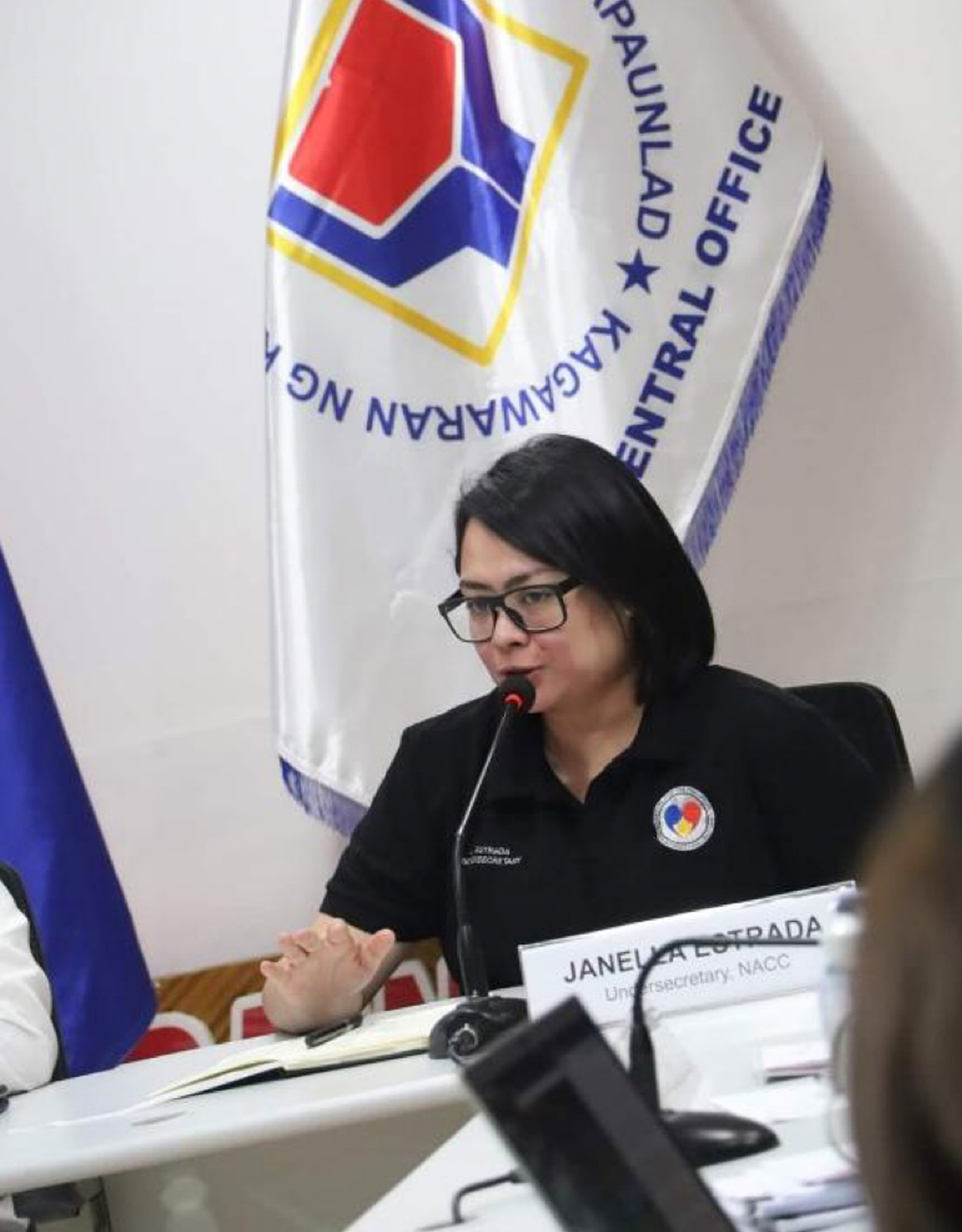
Matching children with prospective adoptive parents
Undersecretary Janella explains that matching is the judicious selection from the regional, interregional, and inter-country levels of a family for a child. This is based on the child’s needs and best interests. Additionally, it includes the capability and commitment of the foster or adoptive parents to provide for such needs. This, as well as to promote a mutually satisfying parent-child relationship.
In matching the child to a foster or adoptive family, the cardinal rule is to review the needs of the child. They then look for the most suitable family that could respond to such needs.
“NACC has a pool of experts. From the legal practice, medical and health care, psychological field, and alternative child care, to civil society. They deliberate on the matching of children legally declared available for adoption or for foster care. And the PAPs based on the former’s needs and circumstances and the latter’s capacity to provide for such needs.”
The matching process
During a matching conference, a child issued with a Certificate of Declaration of a Child Legally Available for Adoption (CDCLAA) is matched with approved Prospective Adoptive Parents (PAPs). The placement committees lodged with the RACCO and NACC deliberates the matching proceedings in foster care and adoption. This is provided that the Inter-agency Placement Committee may only conduct matching related to foster care. Regardless of level, the committees recommend matching proposals. These are subject to the approval of the RACC Officer or the NACC Executive Director, depending on the case.
Matching is required except in adoption qualified under RA No. 11222 or the Simulated Birth Certificate Rectification Act. These include the adoption of one’s own non-marital child, adult adoption, and stepparent or relative adoption. This also applies when the adoptee and the approved adoptive applicants have been living together for at least two years before the effectivity of the law.
Efforts to promote domestic adoption and incentives for families considering adoption
Undersecretary Janella also states the efforts they are making to promote domestic adoption in the Philippines. “First, NACC deems it necessary to create massive public awareness to inform the public of the administrative and policy reforms introduced for alternative child care. NACC is making good use of social media which is accessible to the general public. We have already conducted a series of public events. Both for the NACC external and internal stakeholders.”
“Interestingly, about 40 influential personalities and celebrities have joined our cause. This is to encourage more Filipino families to open up their homes for children who need one. Many of them have experienced the adoption journey themselves.”
“The Foster Care Program as provided for in R.A. 10165 is a temporary placement of a child to accredited foster families. The government subsidizes many of the children placed under foster care. Most recently, NACC has re-launched the ‘Aruga at Kalinga sa mga Bata sa Barangay or AKBB’. This is in partnership with the Local Government Units (LGUs).”
“This program aims to develop more foster families at the barangay level. Hopefully, this helps them attain their objectives of de-institutionalizing alternative child care. In addition, it essentially lets them reach their goal of providing alternative child care in a more familiar and normal setting only found in most homes and with a family.”
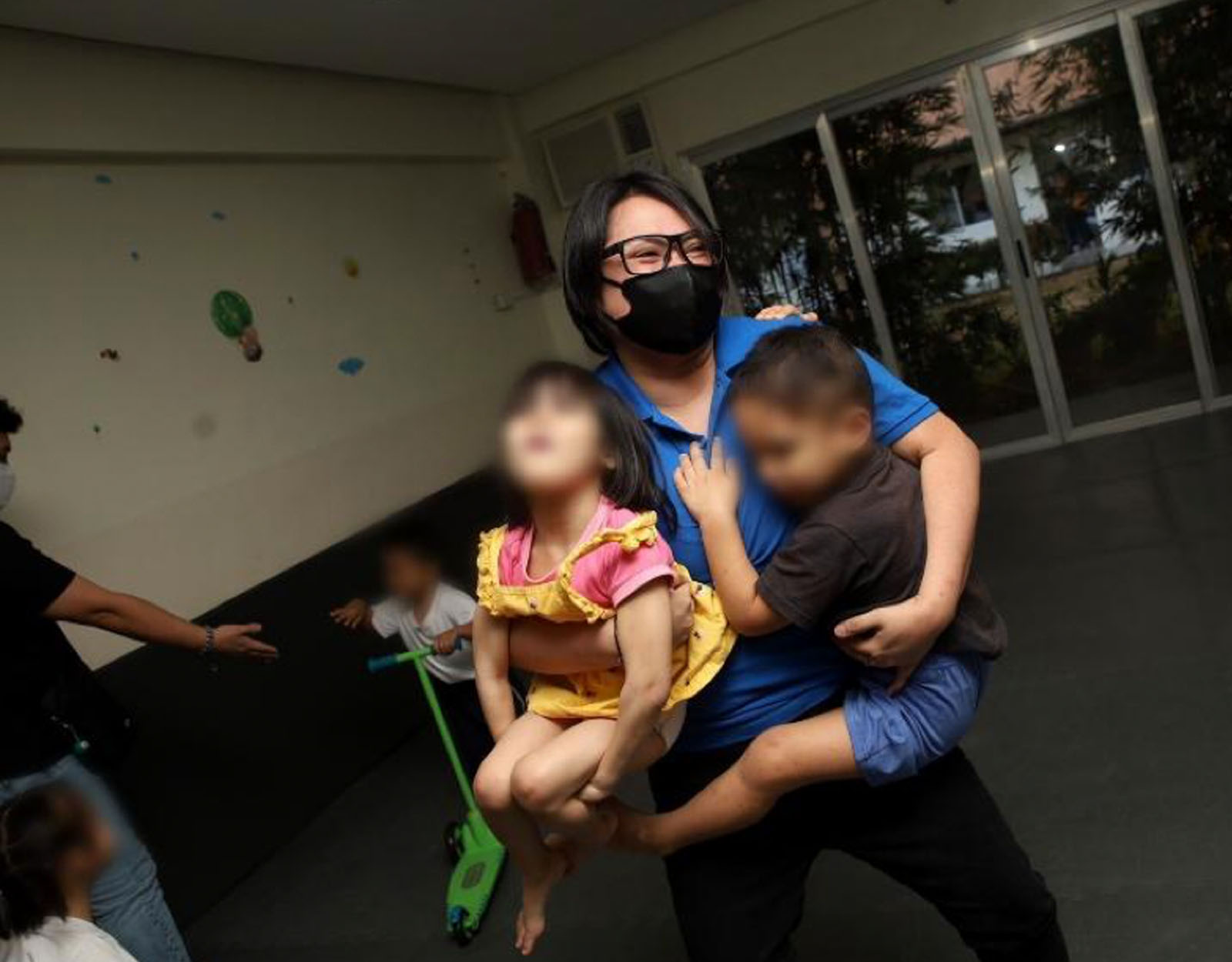
Challenges of the adoption system in the Philippines
Unfortunately, PAPs do not successfully match a good number of children. And this is often due to the children’s unique needs. The NACC has embarked on the Special Home Finding Program as a strategy to find parents for special needs. Special Needs Children for Special Home Finding (SNC-SHF) refers to those children who are not matched through the regular adoption process. And this is due to lack of PAPs in the Roster of Approved Applicants (RAA) accepting their condition.
“The children may have medical conditions, special needs, and sibling groups. Or some have aged out,” says Undersecretary Janella. “They may also be children with trauma or children who were victims.”
NACC helps give PAPs all the information and helps prepare them for the whole process. They are provided with a comprehensive support mechanism, too. Training and counseling sessions are accessible while monitoring and supervision are elaborate. This is so that PAPs do not feel alone in going through the entire adoption journey.
Initiatives to help improve the adoption process in the Philippines
Aside from the enactment and implementation of R.A. 11642, other policy reforms are streamlining alternative childcare programs and services via the NACC.
The NACC has recently launched its Omnibus Guidelines on Administrative Adoption and Alternative Child Care. This encompasses the step-by-step rules and guidelines for the effective and efficient implementation of alternative child care. The Omnibus Guidelines is premised on the provisions of R.A. 11642 harnessed with grassroots experience of NACC duty-bearers, partner agencies and organizations, and other stakeholders.
In line with the provision of R.A. 11642 mandating the implementation of “socialized fees”, and to ensure that more families are able to avail of administrative adoption services, NACC has imposed standardized adoption fees for Child Placement Agencies (CPAs).
“Interestingly, our external stakeholders including the CPAs themselves, the CCAs, and other partner agencies and organizations fully support this endeavor,” says the Undersecretary.
Foundling Recognition and Protection Act
R.A. 11767 or the Foundling Recognition and Protection Act accords children and individuals with no known parentage or birth facts discovered within the Philippine territory a natural-born Filipino status. This ensures that they are accorded with rights and privileges of being a Filipino and are entitled to its benefits. Foundlings are also entitled to public services and are protected from discrimination.
“Another milestone is the granting of amnesty and allowing the rectification of simulated birth certificates as mandated by R.A. 11122. Where simulation of the birth certificate of a child was proven to have been done in the best interest of the child. And that such child has been consistently considered and treated by the person or persons who simulated such birth as his or her own.”
Effectively, R.A. 11642 fixes the status and filiation of a child who is then entitled to all the rights provided by law to a legally adopted individual. Moreover, the administrative process is simpler and less costly.
Post-adoption support services, resources, and assistance in the Philippines
To help families who have adopted children, they conduct post-placement supervision regularly. This is to ensure that the adoption redounds in the best interest of the child. They particularly monitor the parent-child relationship to ensure that both parties are adapting well to their new family setup. Then, they require an After-Care Monitoring and Report within a certain period. It varies whether it’s domestic or Inter-Country.
For domestic adoption, they prepare a Closing Summary Report. They then submit this to the NACC upon the commencement of the first-year period. Depending on the age of the adoptee, NACC may still require successive visits and reporting during the second year. Either bi-monthly or not to exceed six reports.
For Inter-Country Adoption, finalization of the adoption occurs when Supervision of the Pre-Adoptive Placement attests to the success of the parent-child relationship and the entrustment in general. During this period, the Foreign Child Caring Agency is primarily responsible. They conduct family counseling, monitoring, and the submission of bi-monthly reports to the NACC.
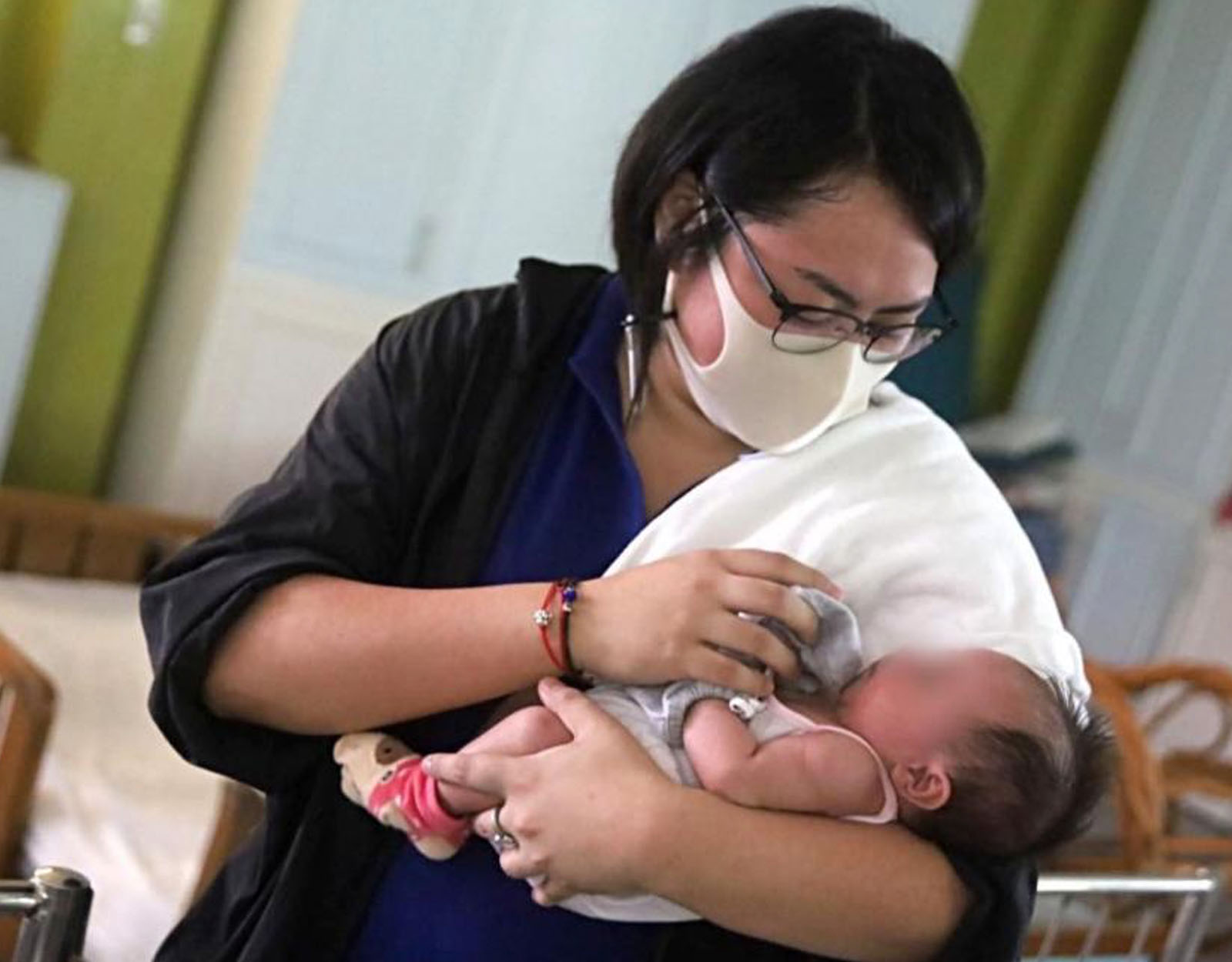
Other NACC post-adoption services include:
Adoption Telling
The adoptive parents shall have the duty to inform the adoptee regarding his or her adoption. The adoptive parents may seek the assistance of the adoption social worker in disclosing to the child the story about the adoption at an age deemed proper by psychosocial standards.
Search and Tracing of Biological Family
Upon reaching the age of majority, the adoptee may seek the assistance of the NACC, Local Social Welfare Development Office (LWSDO), or the concerned child-caring or child-placing agency to trace their roots or biological family and eventually have a face-to-face meet-up. The right of the adoptee to identity shall take precedence over any other considerations. The adoption social worker must ensure that the adoptee, adoptive parents, and biological parents received adequate preparation regarding the said meetup.
Disrupted Pre-Adoptive Placement
Disruption occurs when adoption placement is not completed or discontinued due to problems, either on the part of the child and/or adoptive family. The PAP/s’ adoption social worker must show that they have exhausted all efforts to remove the cause of the unsatisfactory relationship or placement within a reasonable period before making any termination of placement. There’s an entire process of the determination of justifiable causes and indicators that may lead to the disruption of placement or the removal of the child.
Motherland Visit
Upon request of an adoptee regardless of age, NACC facilitates a motherland visit. This is to orient the child about his or her roots as a Filipino. The NACC social worker will then ensure the smooth flow of the activities and travel itinerary submitted in advance.
Reconnection with Adopted Peers or Friends from the same CCA
The NACC facilitates the course upon request of the adoptee and evaluates and verifies the same.
How they address the birth parent consent issue
Upon a biological parent’s execution of the Deed of Voluntary Commitment, they sever parental authority. And so the custody of the child is legally bestowed upon the State. Through administrative adoption, the adoptive parent then receives the transfer of parental authority.
Therefore, reconnecting with a biological parent may only happen upon the request of the adoptee and upon the evaluation of the NACC to ensure that both parties are emotionally and psychologically prepared by preparing them through counseling.
Steps to enhance the adoption process in the Philippines
Undersecretary Janella shares that there are still areas for improvement in the adoption system in the Philippines. Moreover, they have taken steps to enhance the overall experience for children, adoptive families, and birth parents — starting with the Independent Living Program.
“Independent Living is a program that supervises children who have aged out from institutions. This needs to be institutionalized and strengthened. Currently, private-led Social Welfare and Development Agencies (SWDAs) individually conduct the program. Then the Department of Social Welfare and Development (DSWD) regulates it.”
“Recognizing that not all children declared legally available for adoption are placed in a family, the government must still intervene and ensure that they are prepared to build their own life. The government must equip them with the skills and adequate education, livelihood, and skills training to enable them to provide for themselves, prepare for their future, and live a normal and happy life.”
Read more about adoption in the Philippines:
Miriam Manalo’s Adoption of Her Son: “I am Your Mommy Forever!”
